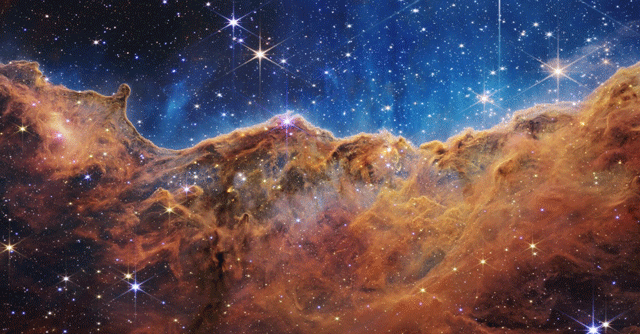
What powers the deep viewing power of the James Webb telescope?


On Tuesday, the James Webb Space Telescope, the biggest telescope in space, sent back its first set of images. The JWST surpassed the iconic Hubble’s abilities, using cutting edge technologies to give us the farthest, deepest and clearest views of the universe till date.
What did JWST ‘see’ in the ancient universe?
The JWST spotted identifiers of water, along with clouds and haze, in WASP-96b, a giant exoplanet bigger than Jupiter about 1,150 light years away. Farther along, it spotted the death of a star called the Southern Ring Nebula, about 2,500 light years away. It also discovered mountains and valleys near the Carina Nebula, 7,600 light years away – a section of the universe that had never been seen. Next, at 290 million light years, is Stephan’s Quintet –five close-range galaxies. Finally, its headlining find is SMACS-0723 – the first deep field image captured by JWST of a cluster of galaxies 5.12 billion light years away.

How does JWST ‘see’ all of this?
The JWST uses a 6.5-metre mirror — the biggest telescope mirror ever — to look deeper into the universe than ever before. Four spectrographs are used to record astronomical infrared spectrum, since light moves from visible to infrared spectrum when it travels across millions of light years. A high frequency radio transmitter is used to transmit this data at 28 MBps, giving us about 57GB of data per day from 1.5 million km away. A machine learning algorithm called Morpheus then uses the Lux supercomputer to analyze this data, classify galaxies and help researchers survey the farthest reaches of the universe.
How different is it from the Hubble Space Telescope?

The Hubble Space Telescope, launched in 1990, is JWST’s predecessor. JWST’s mirror is nearly three times larger than Hubble, giving it greater visibility. While Hubble can only see visible and ultraviolet light, JWST can see infrared. The JWST can “see past the Big Bang”, according to Jonathan Gardner, Webb’s deputy project scientist.
Read the full story on Mint.

